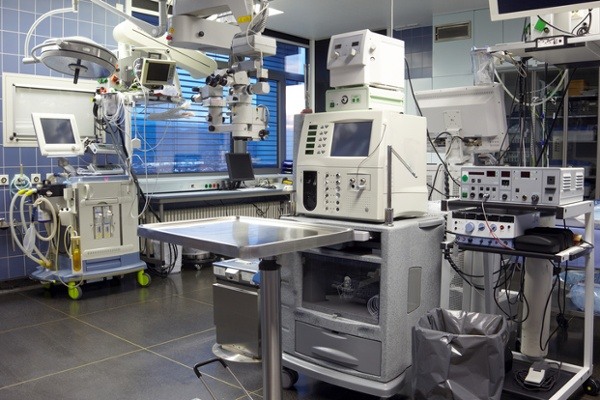4 min read
How SMT Production Maximizes First Run Yield
Printed circuit board (PCB) manufacturing is a process that requires precision and reliability. As technology advances, laptops and smartphones are...

4 min read
Printed circuit board (PCB) manufacturing is a process that requires precision and reliability. As technology advances, laptops and smartphones are...
4 min read
If there's one thing that takes center stage in the aerospace industry, it's safety. This, of course, comes hand in hand with high-quality components.
4 min read
Today a growing number of original equipment manufacturers (OEMs) outsource some of their work to electronics contract manufacturers (ECMs). The ECMs...
4 min read
Consolidating services is a great way to reduce costs, lead times, & confusion. Unfortunately, most electronics contract manufacturers (ECMs) don’t...
3 min read
More manufacturers these days are realizing the benefits of using external PCB assembly services versus a DIY approach. Allowing an electronics...
3 min read
When it comes to making a custom electronic cable and harness assembly, the little details matter. A faulty wire or a bad connection could ruin an...
3 min read
At this point, we’re all familiar with light-emitting diode (LED) lights. From the bright, efficient bulbs replacing the old filament lamps, to the...
2 min read
You just installed your new PCBs in your machines and they’re working great! Dust off your hands and pat yourself on the back; the hard part’s done,...
5 min read
“How will my idea go from conception to finished product at your company?” It’s a question we hear a lot, and a good one. It’s natural to want to...
2 min read
The IPC standards chart (or tree, in some circles) provides guidelines for the production and assembly requirements of electronics manufacturing...
3 min read
Many industrial and manufacturing operations are looking closely at wireless industrial controls to see what benefits they offer. These wireless...
3 min read
Massive amounts of money are at play when it comes to power distribution electronics. The electronic product development life cycle frequently sparks...
4 min read
Just about any piece of electronics can be dangerous when they’re manufactured poorly. But when you’re manufacturing for the mining industry, you’re...
4 min read
When designing solar-powered embedded systems intended for outdoor applications, durability, performance, and energy efficiency are a perfect storm...

4 min read
More opportunity, more money … and more problems.
4 min read
The benefits of new technologies in health care are awesome. Developers are showing off some amazing ideas for medical devices. It’s no surprise that...
2 min read
(Editor’s note: This is part 3 of a six-part series on the history of Matric Group, from a $20 investment in 1971 to a $60+ million business today.)
6 min read
There are many areas in life where accepting mistakes as inevitable is a good thing -- electronics manufacturing is not one of them. The end goal...
3 min read
Optimizing PCB layout design for manufacturability is one of the most crucial aspects of your product’s development process. Key decisions made...
4 min read
A report in 2020 estimated that one in every 10 vehicles globally will be self-driving by 2030. Driverless cars come with several benefits, including...
3 min read
You probably take plenty of steps to protect intellectual property at your OEM. But what about the other guys handling your sensitive secrets? For...
3 min read
You’re an original equipment manufacturer (OEM) in need of an electronics contract manufacturer (ECM) to supply circuit boards for a product you...
3 min read
As we continue the countdown to Matric's 50th anniversary, let's recap so far the 1970s and how it all started. In part one of this series, we...
2 min read
Even in our vastly internet-dominated world, nothing has quite replicated the impact of a face-to-face discussion with vendors and fellow engineers....